GPCR/G protein

All GPCRs share a common seven trans-membrane structure. GPCRs are associated with heterotrimeric G-proteins which are GTP-binding proteins made of alpha, beta, and gamma subunits. When a ligand binds to GPCR, it activates the attached G-protein, the GDP is replaced with GTP. The activated G-protein then dissociates into an alpha and a beta-gamma complex which activates downstream signaling pathways. These intracellular signaling pathways include cAMP/PKA, calcium/NFAT, phospholipase C, protein tyrosine kinases, MAP kinases, PI-3-kinase, nitric oxide/cGMP, Rho, and JAK/STAT.
GPCRs are one of the most important therapeutic targets for various diseases, over 30% of all modern medicinal drugs target this family. Aberrant GPCR functions are involved in pathological conditions such as neurological, immunological and hormonal disorders. A large number of GPCRs have been identified, but whose ligands are not known, are classified as orphan receptors.
-
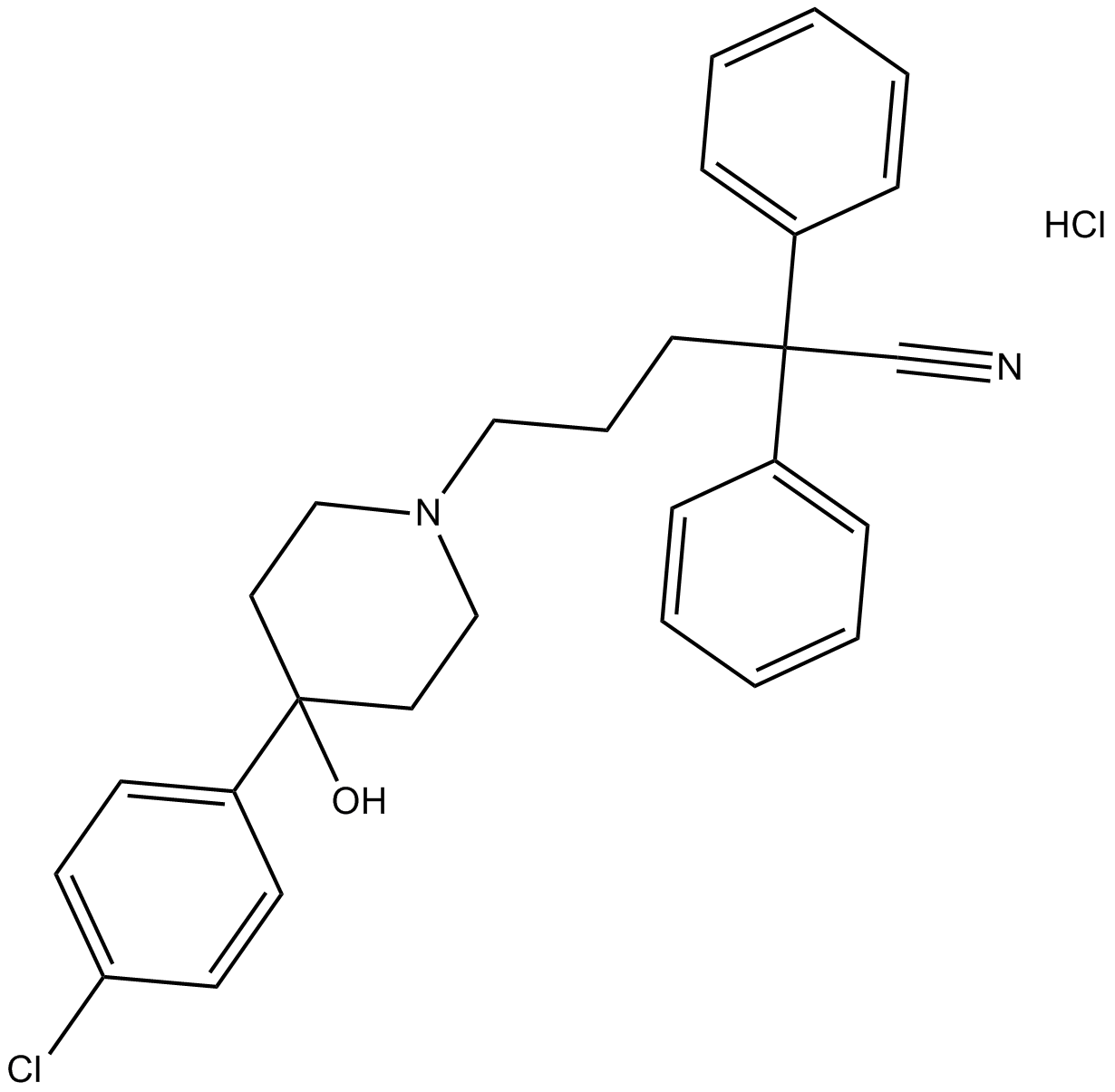 B5337 BX 513 hydrochlorideSummary: Selective CCR1 antagonist
B5337 BX 513 hydrochlorideSummary: Selective CCR1 antagonist -
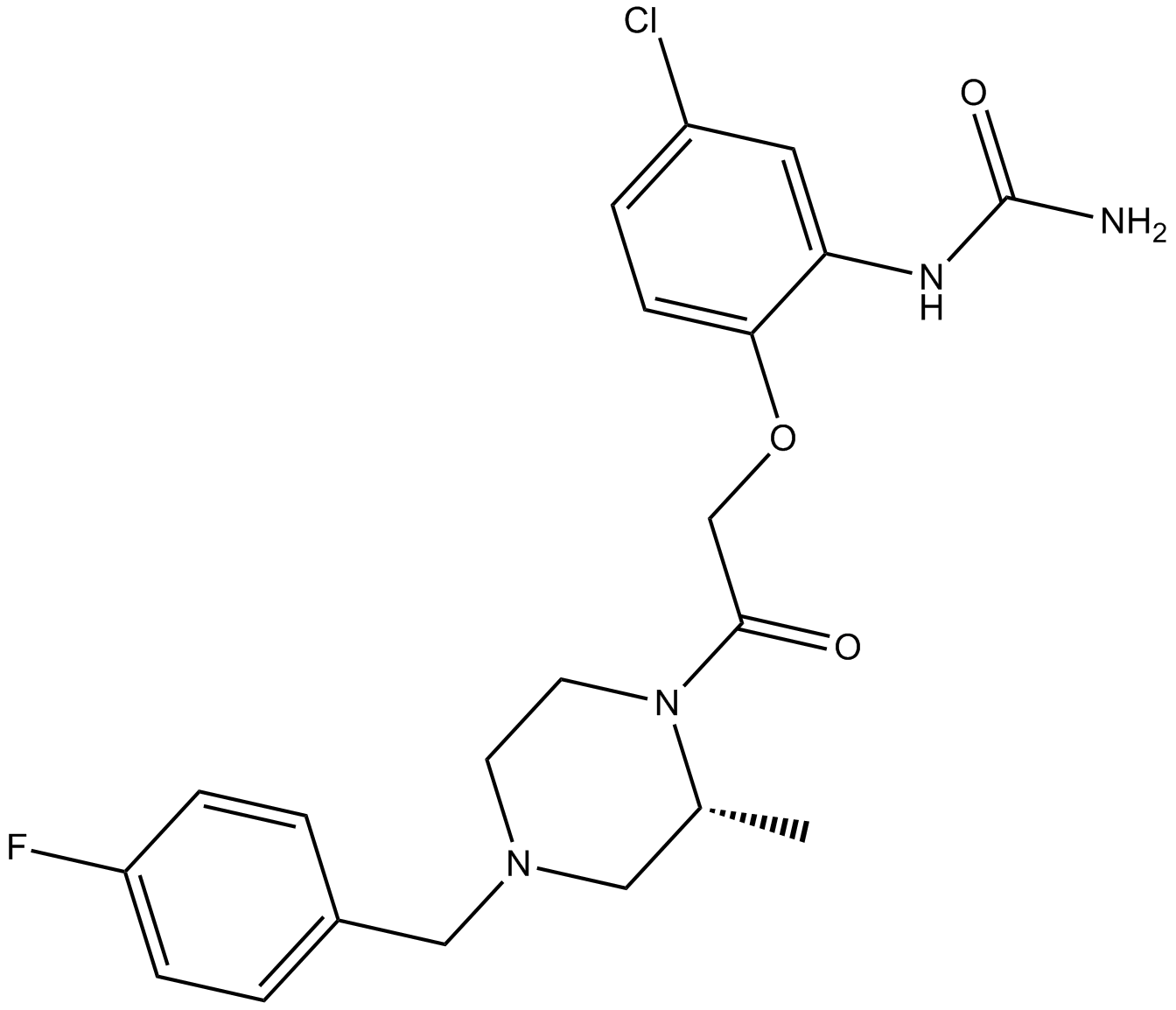 B5435 BX 471Summary: CCR1 antagonist,potent and selective
B5435 BX 471Summary: CCR1 antagonist,potent and selective -
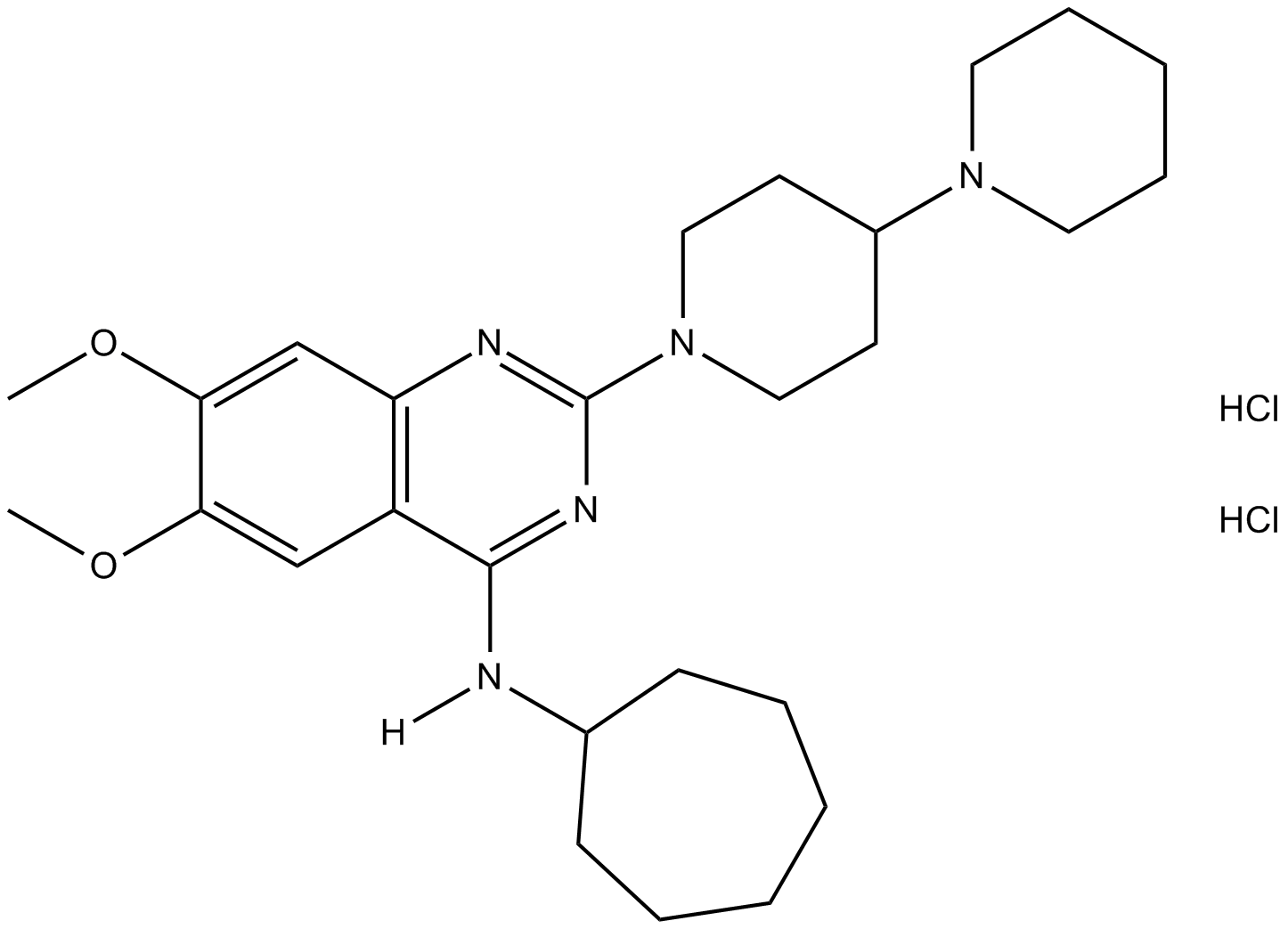 B5457 C 021 dihydrochlorideSummary: Potent CCR4 antagonist
B5457 C 021 dihydrochlorideSummary: Potent CCR4 antagonist -
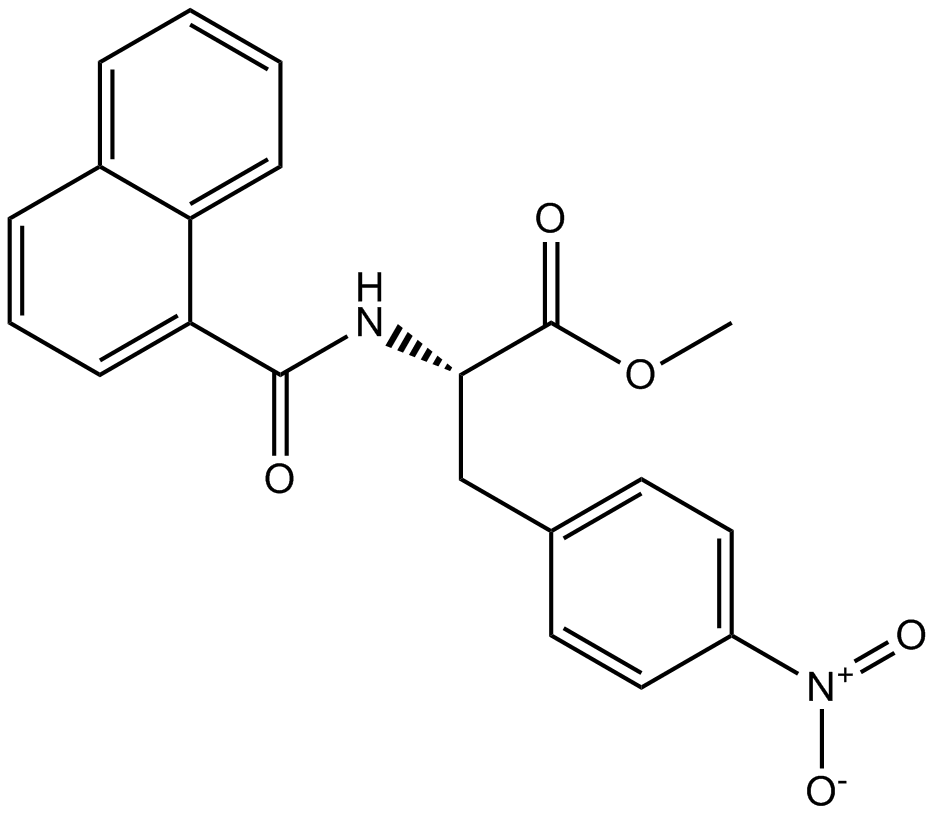 B5467 SB 328437Summary: CCR3 antagonist
B5467 SB 328437Summary: CCR3 antagonist -
 B5468 Teijin compound 1Summary: CCR2b receptor antagonist
B5468 Teijin compound 1Summary: CCR2b receptor antagonist -
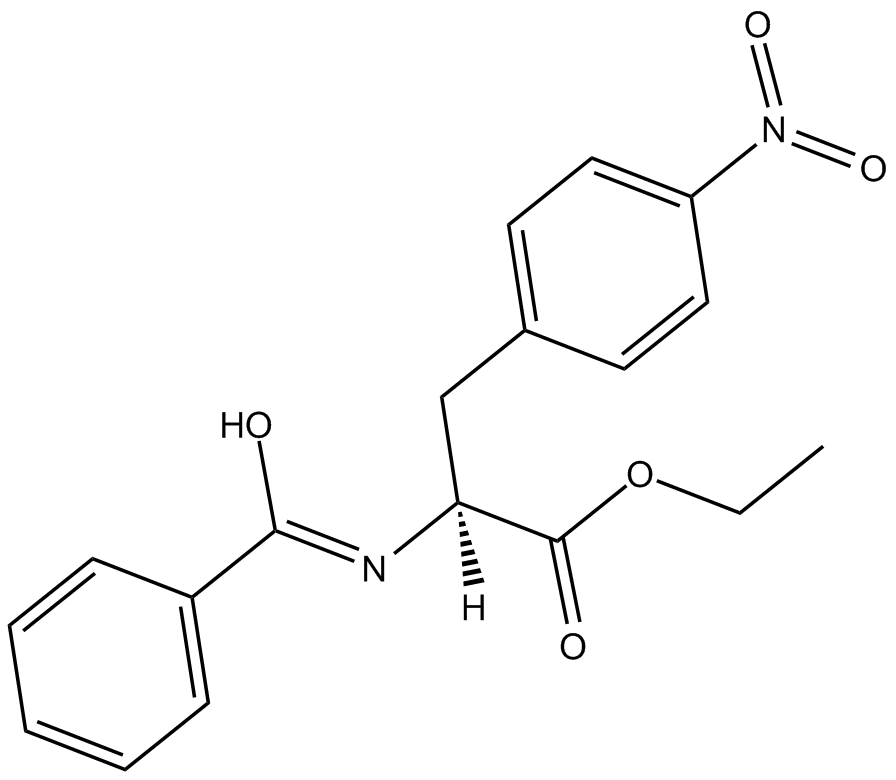 B5542 SB 297006Summary: CCR3 antagonist
B5542 SB 297006Summary: CCR3 antagonist -
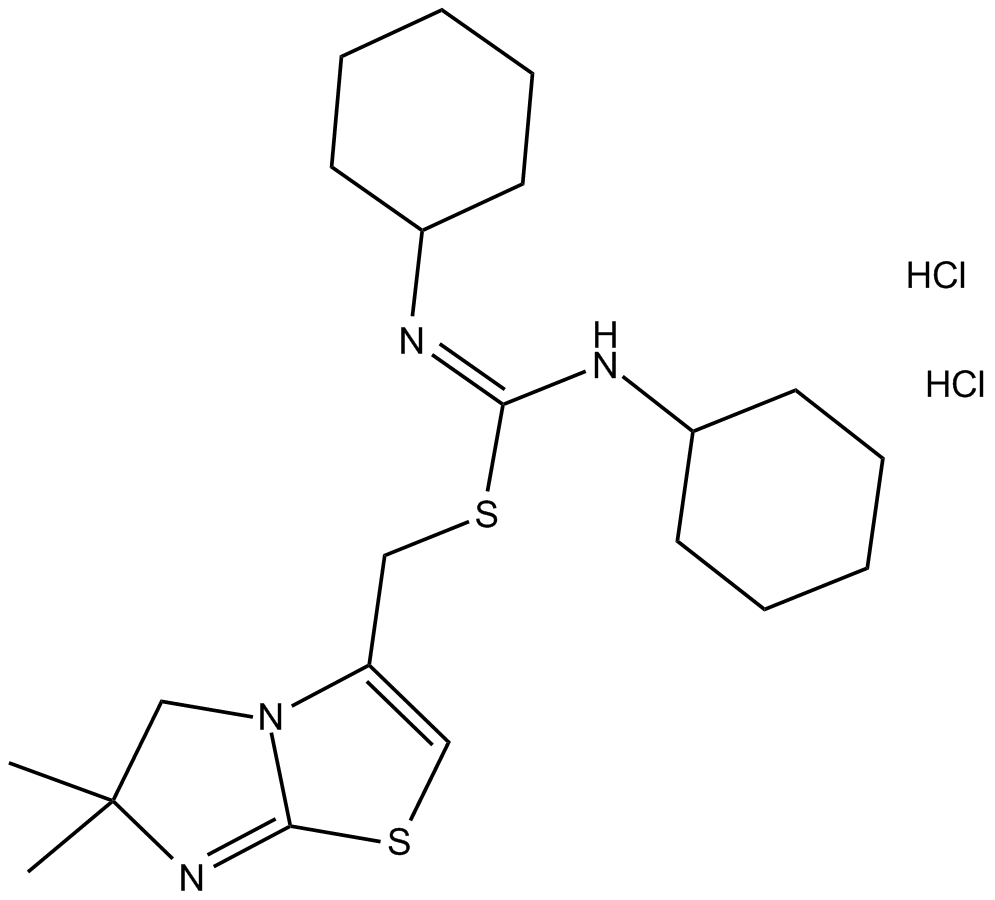 B5650 IT1t dihydrochlorideSummary: CXCR4 antagonist, potent
B5650 IT1t dihydrochlorideSummary: CXCR4 antagonist, potent -
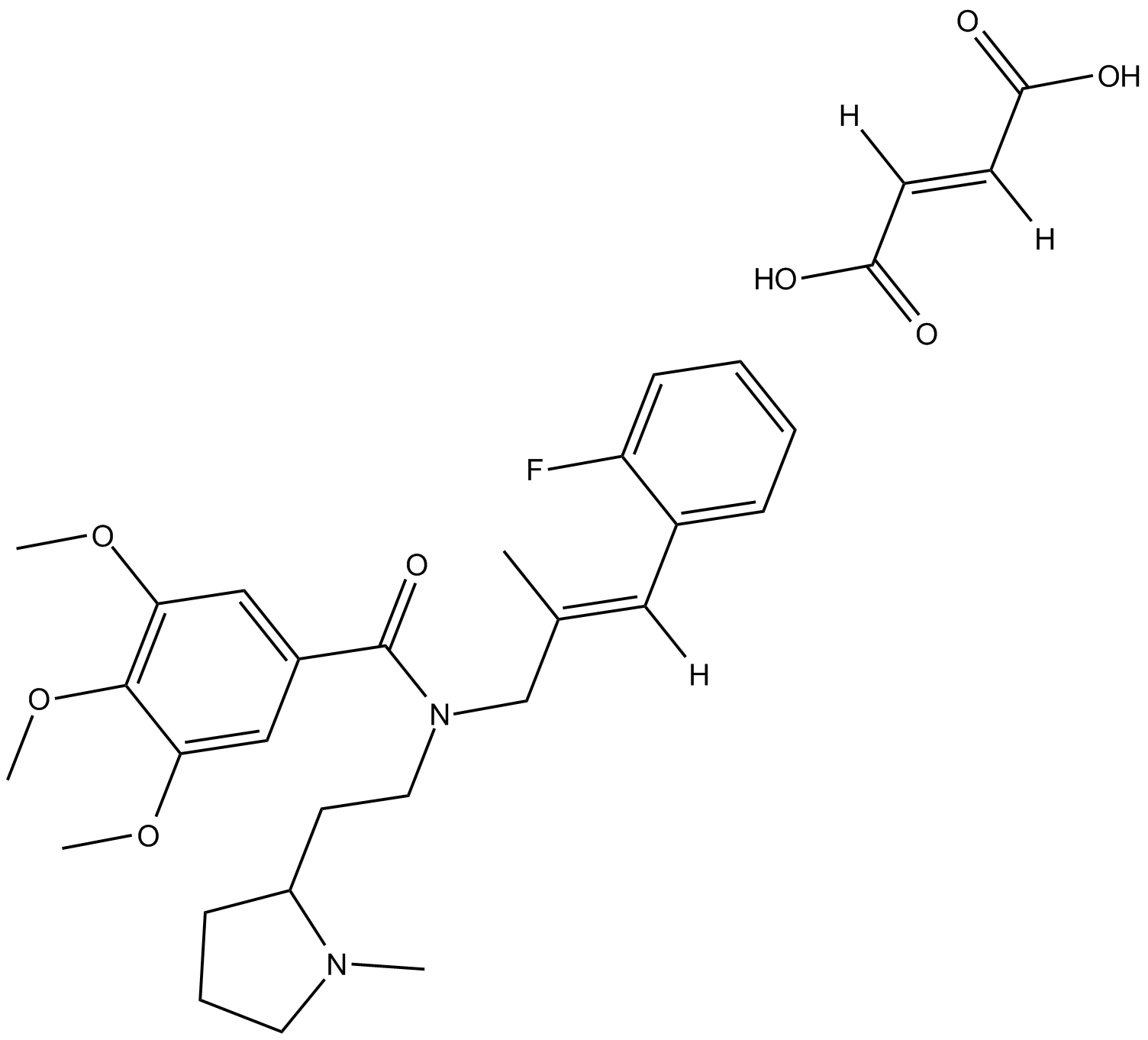 B5711 VUF 11207 fumarateSummary: ACKR3 (CXCR7) chemokine receptor agonist
B5711 VUF 11207 fumarateSummary: ACKR3 (CXCR7) chemokine receptor agonist -
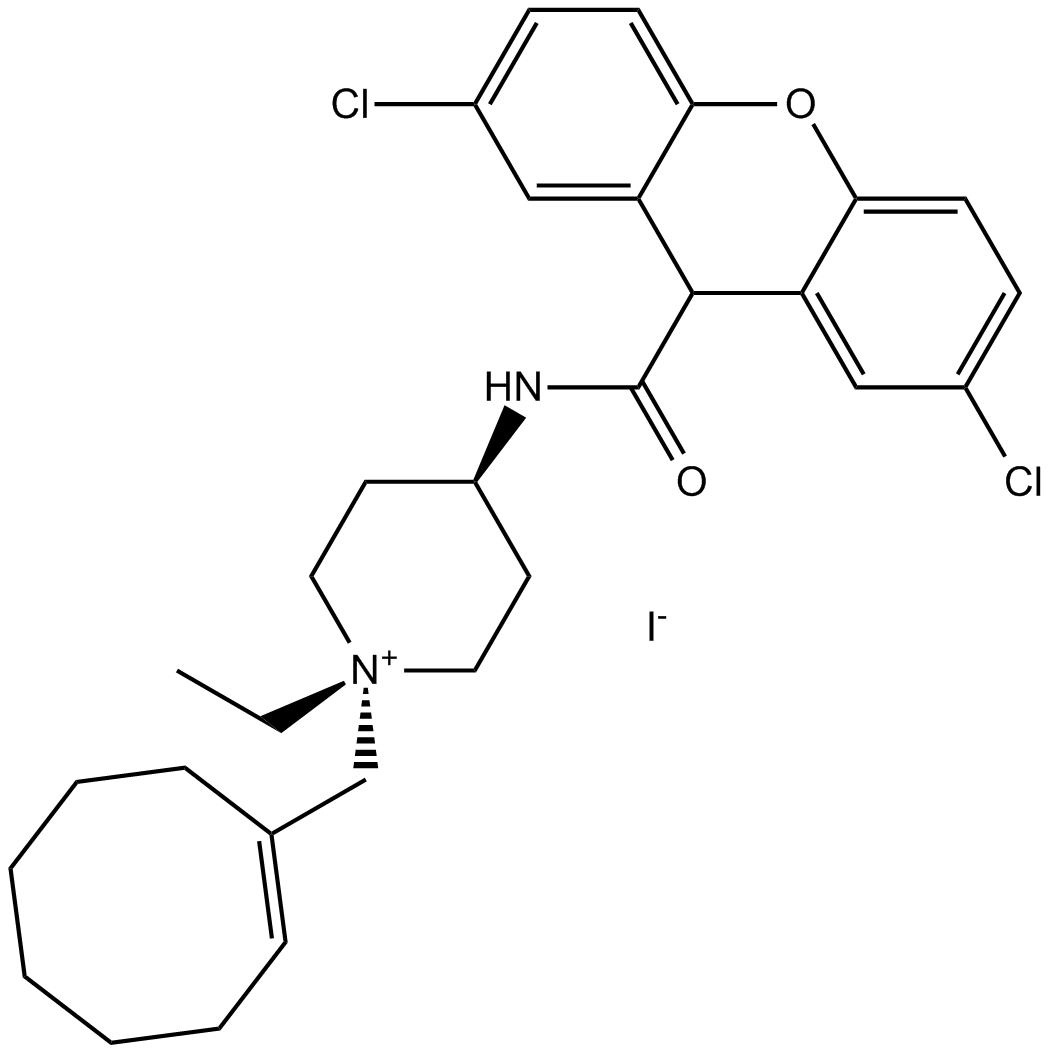 B7118 J 113863Summary: chemokine receptor 1 (CCR1) antagonist
B7118 J 113863Summary: chemokine receptor 1 (CCR1) antagonist -
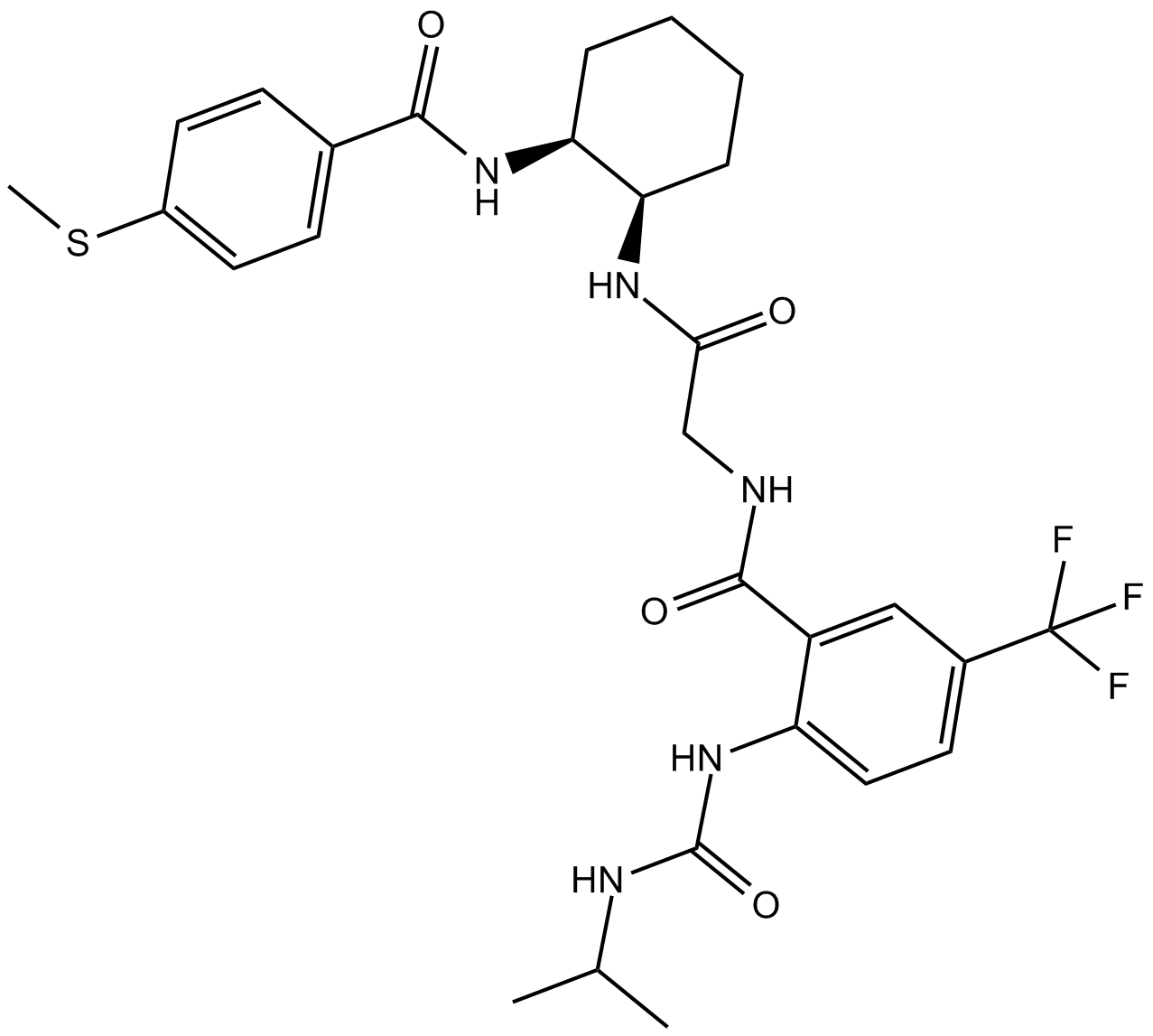 B7280 BMS CCR2 22Summary: CCR2 chemokine receptor antagonist
B7280 BMS CCR2 22Summary: CCR2 chemokine receptor antagonist

